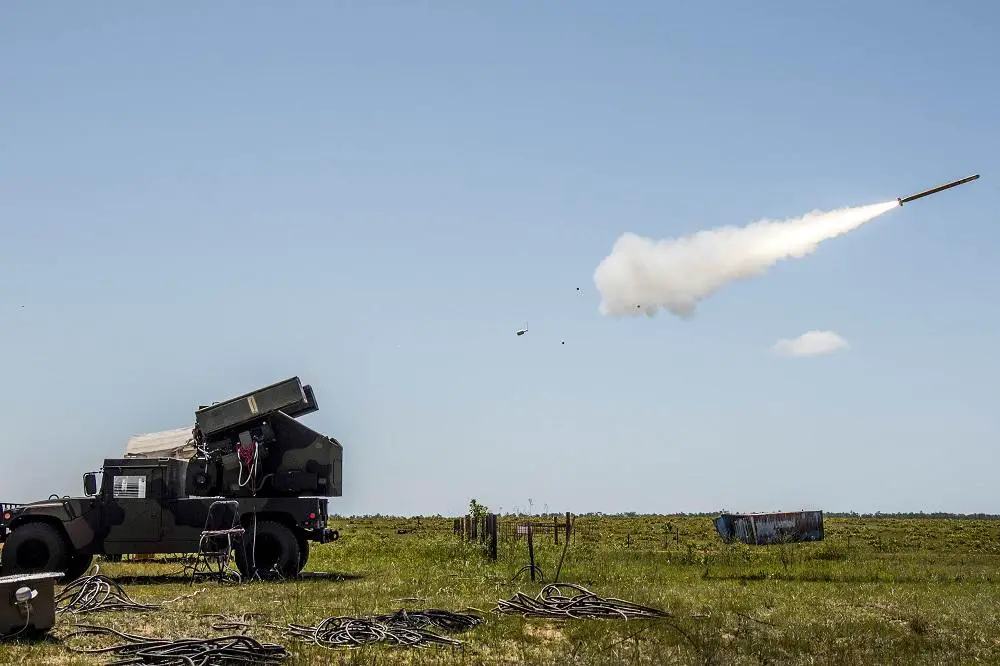Missiles for the HAWK air defense system, along with four Avenger air defense systems and Stinger missiles are headed to Ukraine as part of a presidential drawdown authority security assistance package worth up to $400 million, the U.S. Defense Department announced on November 10, 2022. Due to Russia’s continuing air attacks on Ukrainian infrastructure, additional air defense capabilities are critical. The U.S. will provide Ukraine with an unspecified number of HAWK missiles from its own inventory, but that those missiles would first need to be refurbished. That refurbishment will be done using funds from the Ukraine Security Assistance Initiative. The Avenger air defense systems, which use Stinger missiles, is a capability the U.S. has not previously provided to the Ukrainians.

The HAWK missiles, which will be refurbished using Ukraine Security Assistance Initiative funds, will complement Spain’s recent commitment of HAWK launchers to help Ukraine meet this threat. The Avenger short-range air defense systems will also provide Ukraine with capability to protect Ukrainian troops and critical infrastructure against unmanned aerial systems and helicopters. These are mobile, short-range air defense systems that can protect against cruise missiles, helicopters and unmanned aerial systems. They’re shorter in range, but with some of the additional capabilities that we and Spain and others have provided, like the HAWK missiles. This is something (that I think fits in well with some of the capabilities that (the Ukrainians) are already using on the battlefield,” Deputy Pentagon Press Secretary Sabrina Singh said during a briefing today.

The Raytheon MIM-23 HAWK (“Homing all the way killer”) is an American medium-range surface-to-air missile. The Hawk missile is transported and launched from the M192 towed triple-missile launcher. The missile is propelled by a dual thrust motor, with a boost phase and a sustain phase. The MIM-23B and later missiles are fitted with an M112 motor with a 5-second boost phase and a sustain phase of around 21 seconds. The original MIM-23A missiles used a parabolic reflector, but the antenna directional focus was insufficient, when engaging low flying targets the missile would dive on them. The Hawk system consists of a large number of component elements. These elements were typically fitted on wheeled trailers making the system semi-mobile. It entered service with the US Army in 1959. During the system’s 40-year life span, these components were continually upgraded.

The Avenger Air Defense System, designated AN/TWQ-1 under the Joint Electronics Type Designation System, is an American self-propelled surface-to-air missile system which provides mobile, short-range air defense protection for ground units against cruise missiles, unmanned aerial vehicles, low-flying fixed-wing aircraft, and helicopters. The Avenger was originally developed for the United States Armed Forces and is currently used by the U.S. Army. The Avenger system was also used by the U.S. Marine Corps. The Avenger comes mainly in three configurations, the Basic, Slew-to-Cue, and the Up-Gun. The Basic configuration consists of a gyro-stabilized air defense turret mounted on a modified heavy Humvee. The turret has two Stinger missile launcher pods, each capable of firing up to 4 fire-and-forget infrared/ultraviolet guided missiles in rapid succession.
















